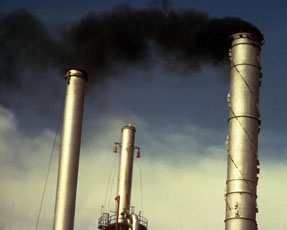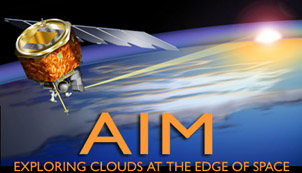The Rock Cycle Influences Climate
The Rock Cycle Influences Climate (and Other Global Changes) Over a Long Timescales!
Plate tectonics: Plate tectonics is responsible for the positions of continents which can have a large effect on regional and global climates.
- When all continents come together to forms supercontinents, the amount of coastal area is decreased and the amount of dry continental interiors is increased.
- If continents are moved to high latitudes, more ice sheets form and sea level falls.
- Growth of mountain ranges affects atmospheric circulation patterns and the number of alpine glaciers.
- Change in the rate of tectonic activity causes changes in the amount of volcanism. More volcanism means more sulfuric acid/ash blocking solar radiation
- Increased sea floor spreading causes sea level rise since newly formed ocean crust will "float" higher on the mantle decreasing the volume of ocean basins.
Rate of limestone production: Marine limestone sequesters carbon, decreasing the amount in seawater, and ultimately decreasing the amount of the greenhouse gas carbon dioxide in the atmosphere.
Rate of fossil fuel production: Fossil fuels sequester carbon deep underground (until they are extracted and burned, releasing carbon dioxide into the atmosphere).
Evolution of new species: Organisms affect the composition of the atmosphere, so new species can have a new effect on the amount of greenhouse gases. For instance, about 3.5 billion years ago stromatolites (blue-green algae) oxygenated the atmosphere through photosynthesis, and extensive swamps during the Pennsylvanian period trapped carbon.














